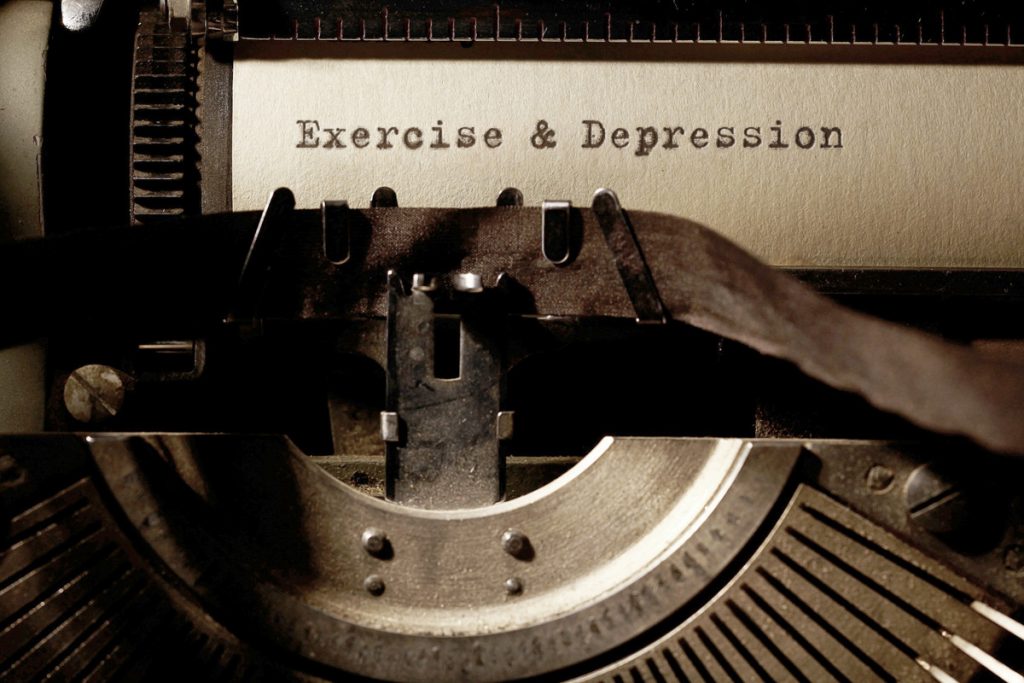
Can Exercise Cure Depression? Understanding the Role of Physical Activity in Mental Health
Depression is a complex and pervasive mental health condition affecting millions worldwide. It manifests in various forms, from persistent sadness and loss of interest in activities to physical symptoms such as changes in appetite and sleep patterns. As society becomes increasingly aware of the importance of mental health, the search for effective treatments has expanded beyond traditional methods like medication and therapy.
Depression can arise from a multitude of factors, often involving a complex interplay of genetic, biological, environmental, and psychological elements. One significant trigger is grief, where the loss of a loved one or a significant life change can lead to profound sadness and depressive symptoms. Chronic illnesses, such as rheumatoid arthritis, also play a critical role, as the persistent pain, disability, and lifestyle limitations associated with these conditions can lead to feelings of hopelessness and despair. Additionally, imbalances in brain chemistry, family history of depression, and stressful life events can further predispose individuals to this debilitating mental health disorder. Understanding these diverse causes is essential for developing effective, individualized treatment plans.
Certain disabilities can significantly impede an individual’s ability to engage in physical exercise, presenting unique challenges to maintaining physical health. These disabilities include, but are not limited to, spinal cord injuries, which can result in partial or complete paralysis; severe arthritis, which causes chronic pain and joint stiffness; multiple sclerosis, characterized by muscle weakness and coordination problems; and advanced chronic obstructive pulmonary disease (COPD), which severely limits respiratory function and endurance. Additionally, conditions like severe heart disease, fibromyalgia, and debilitating chronic fatigue syndrome can greatly reduce one’s capacity for physical activity. Understanding these limitations is crucial for developing alternative strategies to support the health and well-being of individuals with such disabilities.
One area of growing interest is the role of exercise in alleviating symptoms of depression. But can exercise truly cure depression?
The Link Between Exercise and Mental Health
Exercise is well-documented for its physical health benefits, including weight management, improved cardiovascular health, and increased longevity. However, its impact on mental health is equally significant. Numerous studies have shown that regular physical activity can reduce symptoms of depression and anxiety.
The mechanisms behind this positive impact are multifaceted:
- Endorphin Release: Exercise triggers the release of endorphins, the body’s natural mood lifters. These chemicals create feelings of happiness and euphoria, which can alleviate depressive symptoms.
- Neurogenesis: Physical activity promotes the growth of new neurons in the brain, particularly in the hippocampus, a region associated with memory and emotion. This process, known as neurogenesis, can improve mood and cognitive function.
- Reduced Inflammation: Depression is often linked to increased inflammation in the body. Exercise has anti-inflammatory effects, which can help mitigate some of the biological factors associated with depression.
- Improved Sleep: Regular exercise can improve sleep quality, which is often disrupted in individuals with depression. Better sleep can lead to improvements in mood and overall mental health.
- Social Interaction: Many forms of exercise, such as team sports or group fitness classes, involve social interaction. Building connections with others can reduce feelings of isolation and loneliness, common in depression.
Exercise as a Treatment for Depression
While exercise has evident benefits, it’s crucial to understand its role within the broader context of depression treatment. Exercise alone is not a standalone cure for depression but can be a highly effective complementary treatment. For some individuals with mild to moderate depression, regular physical activity might be sufficient to manage their symptoms. However, those with severe depression typically require a combination of treatments, including medication, psychotherapy, and lifestyle changes.
Practical Recommendations
For those considering exercise as part of their depression management plan, here are some practical tips:
- Start Small: Begin with manageable activities such as walking, stretching, or light yoga. Gradually increase the intensity and duration as you become more comfortable.
- Consistency Over Intensity: Regular, moderate exercise is more beneficial than sporadic, intense workouts. Aim for at least 30 minutes of moderate exercise most days of the week.
- Find Enjoyable Activities: Choose activities you enjoy to increase the likelihood of sticking with them. Whether it’s dancing, swimming, or cycling, finding joy in movement is key.
- Set Realistic Goals: Setting small, achievable goals can provide a sense of accomplishment and motivation. Celebrate progress, no matter how minor it may seem.
- Seek Support: Joining a fitness class or finding a workout buddy can provide motivation and accountability. Social support can also enhance the mental health benefits of exercise.
Challenges and Considerations
It’s important to recognize that individuals with depression may face unique challenges when it comes to starting and maintaining an exercise routine. Lack of motivation, fatigue, and physical symptoms of depression can make it difficult to engage in regular physical activity. In such cases, seeking guidance from a healthcare professional, such as a therapist or a physician, can provide personalized strategies and support.
Conclusion
Exercise plays a significant role in improving mental health and can be an effective component of a comprehensive treatment plan for depression. While it may not be a cure-all, regular physical activity can help alleviate symptoms, improve mood, and enhance overall well-being. For those struggling with depression, incorporating exercise into their routine, alongside other treatments, can lead to meaningful improvements in their quality of life. As always, it’s essential to consult with healthcare providers to develop a plan that best suits individual needs and circumstances.
Assuming that people with depression are lazy and sleep all day is a form of stigma and discrimination known as mental health discrimination. This type of discrimination involves negative stereotypes, prejudices, and unjust behaviors directed toward individuals based on their mental health conditions. Such assumptions can lead to marginalization, reduced opportunities, and inadequate support for those suffering from depression, further exacerbating their condition and hindering their recovery. It is crucial to challenge these misconceptions and promote a more compassionate and informed understanding of mental health issues.
Coincidently my neighbour and a family member both told me “I need to do exercise and go out more” when I said my mental health was not great. I was then compelled to show my neighbour what I do for a living as I got the impression he was prejudiced and not impressed with my answer “It’s complicated”. I was not about to explain my Rheumatoid Arthritis or my OCD stopping me from going out (germ contamination). I never heard back from him after that.















